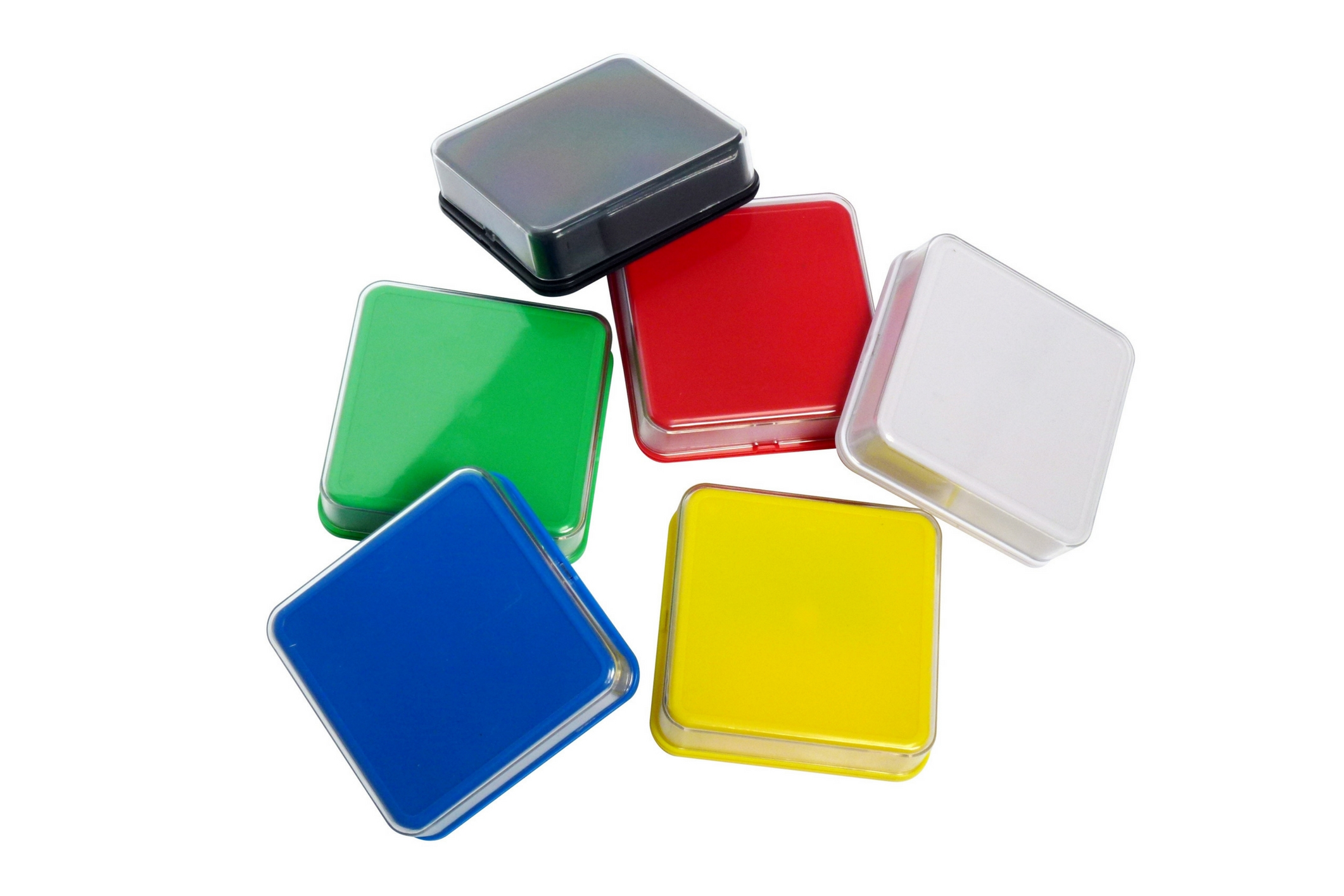BLOG


How does Occupational Therapy help Cerebral Palsy?
Occupational therapy helps kids develop or recover the skills needed to lead an independent, satisfying lives. For a child, these activities include playing and learning. Pediatric occupational therapy focuses on improving the child’s ability to play and learn, which are important for development and becoming independent.
For children with cerebral palsy, occupational therapy can help with muscle and joint coordination issues that make everyday tasks difficult. Some of these tasks include eating, brushing teeth and bathing. It can help improve physical, cognitive and social abilities, as well as fine motor skills and posture. Occupational therapy can also help address difficulties with processing sensory information.
Benefits of Occupational Therapy for Cerebral Palsy
Occupational therapy has many benefits for children with cerebral palsy in many ways. It optimizes upper body function and improves the coordination of small muscles, thereby helping children with cerebral palsy master the basic activities of daily living. Occupational therapy can help children by:
- Increasing their chance for independence
- Improving their ability to play and learn
- Boosting their self-esteem and confidence
- Helping them develop a workable routine
- Giving them a sense of accomplishment
- Improving their quality of life
Parents also spend a lot of time helping children with cerebral palsy perform basic life activities. When a child is benefitted by occupational therapy, it helps parents too. It can reduce their stress, thereby providing a sense of security. It also improves parents’ quality of life and allows them to watch their child improve and become independent.
Different types of cerebral palsy present different symptoms that may hinder a child’s ability to live and function independently while going about their daily activities. Occupational therapy can help with the following issues related to each type of Cerebral palsy:
- Spastic –Muscle stiffness in the upper and/or lower limbs and jerky movements characterize spastic cerebral palsy. Among other things, this can lead to difficulty getting dressed, bathing, using the bathroom, eating, drinking, writing and holding objects.
- Athetoid –Children with athetoid cerebral palsy are unable to regulate muscle tone, which makes it difficult to control their movements. Trouble with grasping objects, posture, drooling, swallowing, and speaking are common among children with athetoid Cerebral palsy.
- Ataxic –Problems with balance and coordination are common among children with ataxic cerebral palsy. These children often struggle with precise movements and have tremors or shakiness. This makes it difficult to perform tasks like writing or eating that require precise finger movements, or repetitive movements like clapping.
What to expect in Occupational Therapy
As with physical therapy and speech therapy, occupational therapy is also different from one child to another. The treatment plan is highly individualized and tailored to their individual physical, intellectual and social-emotional abilities. During your child’s first therapy session, the occupational therapist will perform a complete evaluation that includes testing his fine motor, perceptual and oral-motor development, and observing how the child responds to touch and movement.
Remember that most children with cerebral palsy need to be re-evaluated every six to nine months after which, the occupational therapist will tweak treatment plans according to his progress and change. Most therapists will interview the parent to find out about the child’s strengths and weaknesses and help them work towards specific goals for the child.

